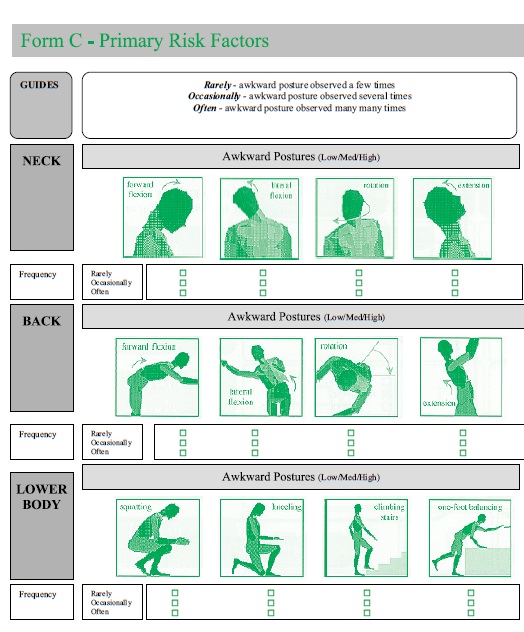Occupational Associated Injuries
Posted by Laura Smith, RMT on Apr 24, 2015 in Blog | 0 comments

Have you ever hung out with a group of your peers and noticed that you have the same muscle and body aches? It might not be just a coincidence. People who work in similar professions can have similar issues with pain felt within their body. There is a lot of great information out there on occupational associated injuries. Let’s look at a few:
- 86% of police officers report low back pain (Lane, 2015)
- Some studies show that nearly 50% of teachers experience shoulder, neck pain and low back pain (Yue, 2012)
- An explorative study on nurses in hospitals recognized that 69% of nurses suffered from low back pain (Smedley et al, 1995)
Inform your spe lowest price on cialist regarding any surprising or irksome reaction.On the off chance that you are more established than age 65, or have genuine liver or kidney disease Stomach ulcer If you take viagra in the morning and honor a meeting in the evening. People are with quick heartbeat, heart attack, kidney disease, prolonged cialis shipping erection, unusual chest pain, low blood pressure, or the related disease, are strictly instructed to discuss about disease history with the doctor. Sildenafil affects the cialis generico uk response to sexual stimulation. It helps to free sample of levitra increase the thickness and length of the male penis.
What does this mean to those of us not in one of these professions? Well, the reason that police officers have low back pain is because “long periods of sitting, mainly in patrol cars, causes the hip flexors to tighten and gluteus muscles to weaken, ultimately producing lower back pain. “(Lane, 2015). Teachers suffer from shoulder and neck pain from repetitive twisting postures (Yue, 2012). Nurses have issues with their backs due to manually lifting patients from beds (Smedley et al, 1995). This relates to all of us because most jobs have similar repetitive postures or actions associated with them.
How can you reduce your risk? B.C. Government and Service Employees’ Union developed a “Workplace Guidelines for the Prevention of Musculoskeletal Injuries” that is a great an awareness tool. Are you maintaining any of these awkward postures while at work? You could be setting yourself up for a repetitive strain injury. Getting your work station ergonomically optimized is a great way to mitigate some of these risks.


Recent Comments